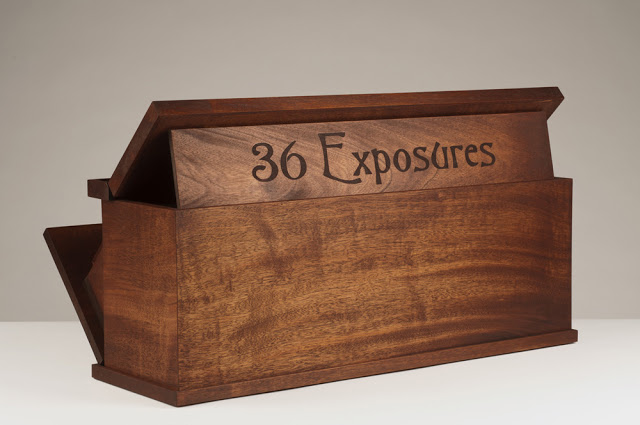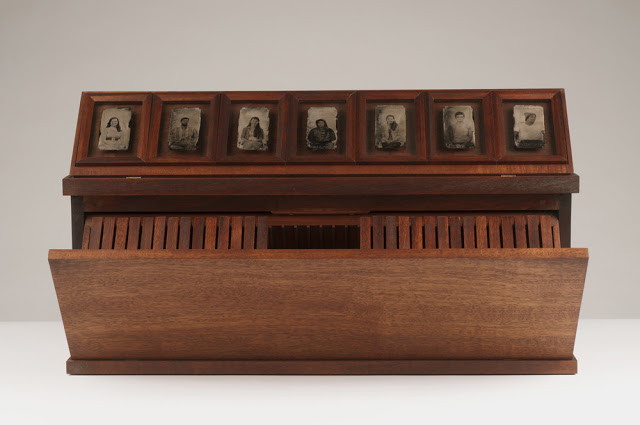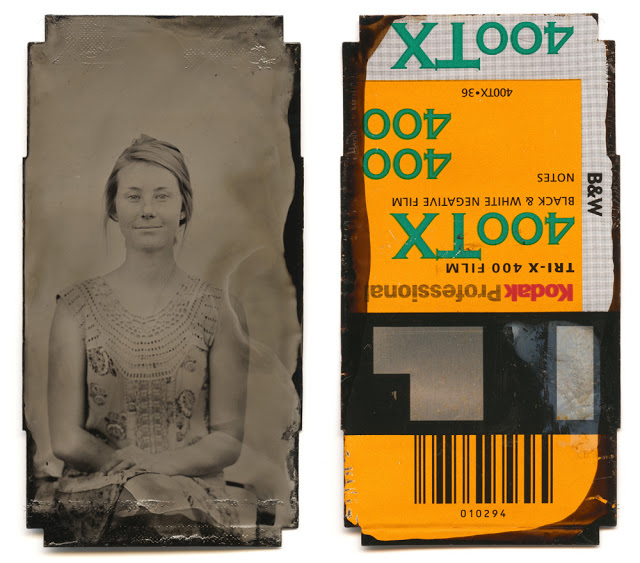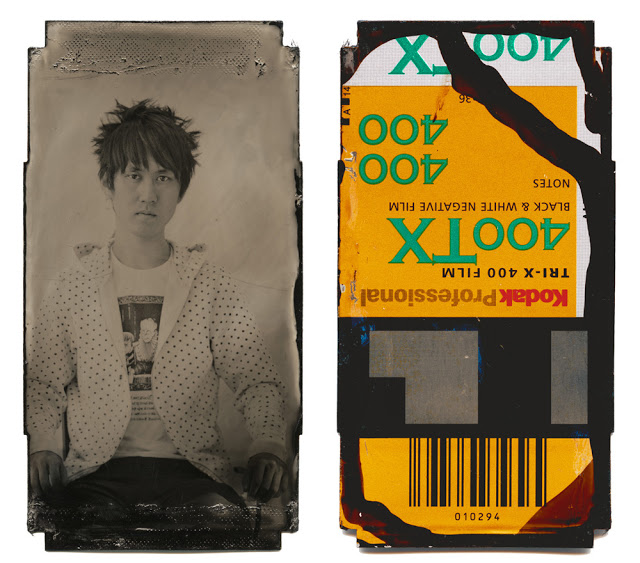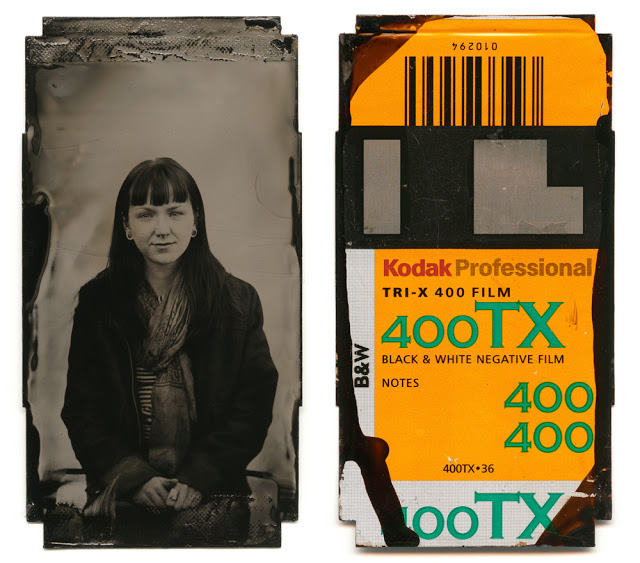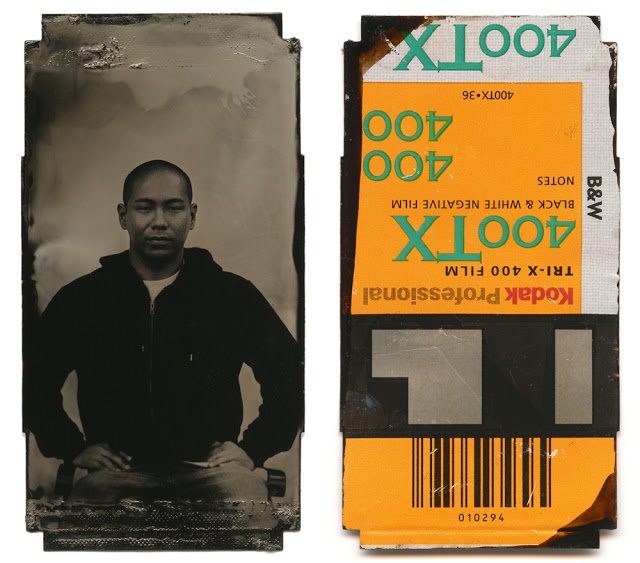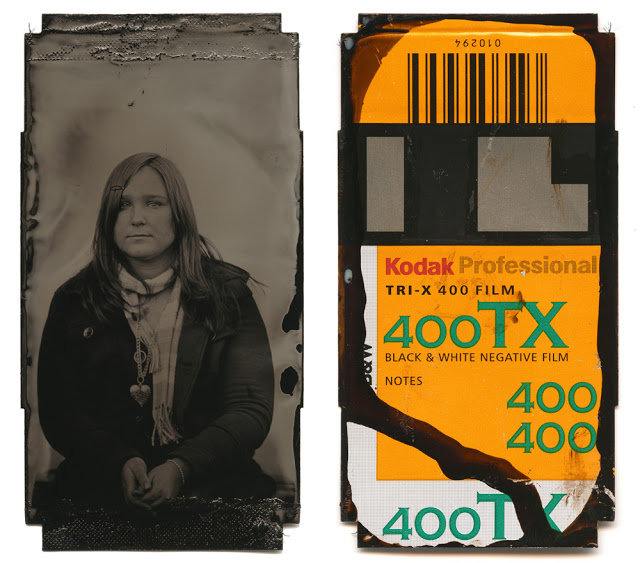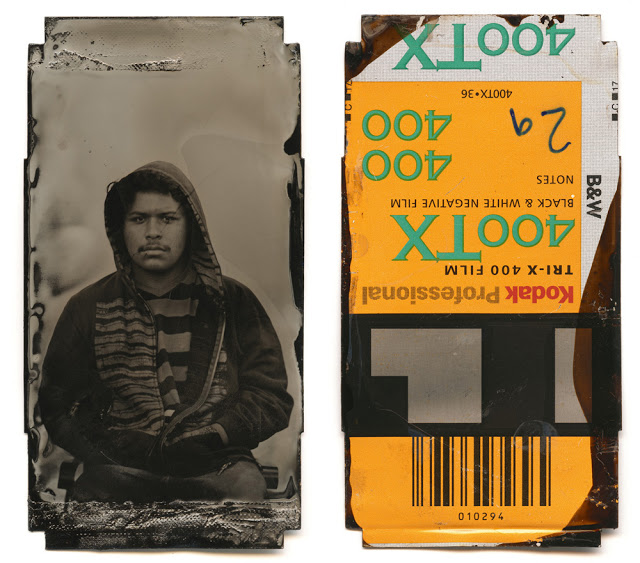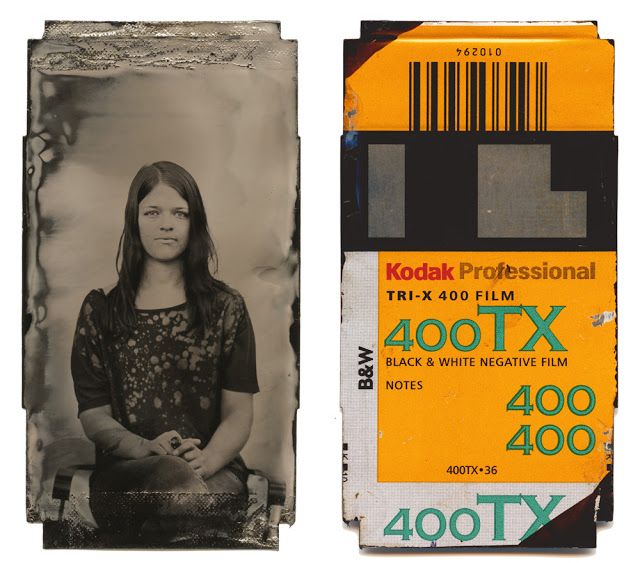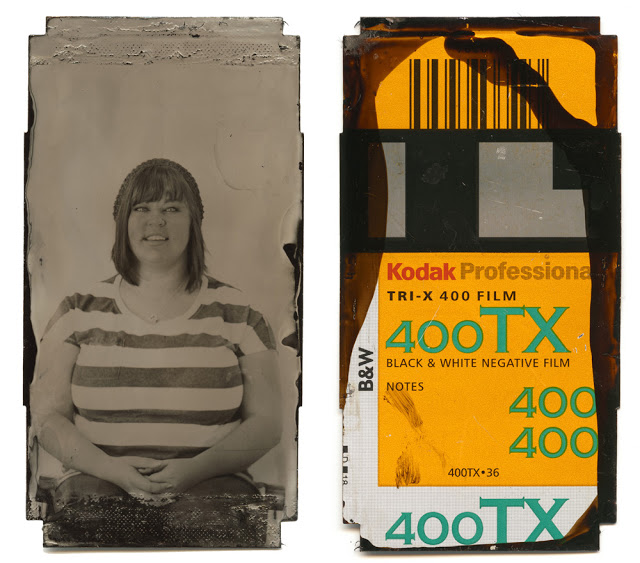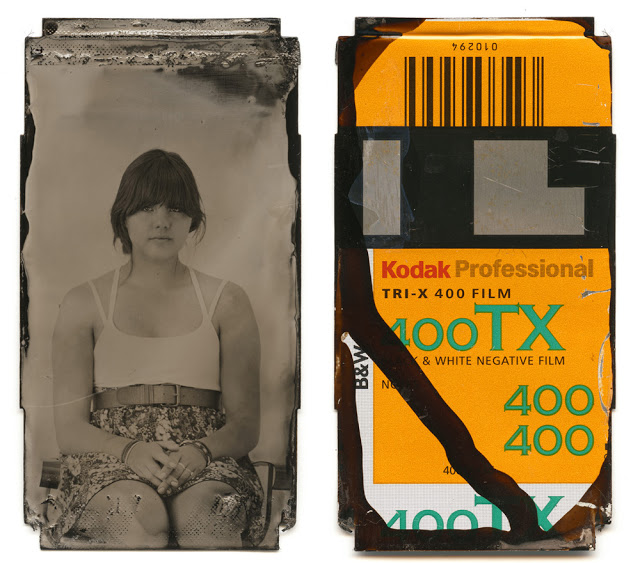Review Santa Fe: David Emitt Adams
Over the next month, I will be sharing the work of photographers who attended Review Santa Fe in June. Review Santa Fe is the only juried review in the United States and invites 100 photographers to Santa Fe for a long weekend of reviews, insights, and connections. I was fortunate enough to be a pre-juror for this event.
Arizona photographer, David Emitt Adams has a wonderful project that pulls us back and forth through photographic history. Exquisitely presented, his project, 36 Exposures, shines a light on what we have lost in the digital world–the tactile presence of objects that surround film, and the creation of work that does not require a battery or outlet. His work focuses on historical media and uses that media to create an informed contemporary dialogue about photography’s past and present.
David received a BFA from Bowling Green State University in Ohio and an MFA from Arizona State University. His work has been exhibited throughout the United States and abroad. David was selected for the prestigious Lens Culture International Exposure Award 2011 and most recently, was awarded the Freestyle Crystal Apple Award for Outstanding Achievement in Black and White Photography. Within the last year, David was awarded the Nathan Cummings Foundation $5000 travel grant that funded a trip to France and England. This opportunity enabled him to investigate the resurgence of antiquated processes at its source and their application in contemporary photography. Currently he is working on two new bodies of work as an Artist-in-Residence at Art Intersection in Gilbert, Arizona.
Images from 36 Exposures
As an artist who is enthralled with photography, I gain pleasure from exploring its past and discovering how that past relates to where the medium is today. Photography is in the era of megapixels and I have made the conscious decision to embrace the processes and elements of display from photography’s past. This is not to say that I have rejected the digital era. I, too, own a digital camera, but have chosen to conduct a constant search to understand everything photography is, and could be.
In the piece 36 Exposures, I have used 35mm film canisters that were discarded by my “Introduction to Photography” students as a base to hold their portraits. I employed a labor-intensive, 19thcentury, chemical photographic procedure known as the wet plate collodion process to make the students’ photographs on the very film canisters that played a crucial role in their initial understanding of photography. The canisters and the process I used speak of the evolving nature of photography, representation, and culture. By mining the history of photography, I can find the relevance of my work today.
Posts on Lenscratch may not be reproduced without the permission of the Lenscratch staff and the photographer.
Recommended
-
Luther Price: New Utopia and Light Fracture Presented by VSW PressApril 7th, 2024
-
Artists of Türkiye: Sirkhane DarkroomMarch 26th, 2024
-
European Week: Sayuri IchidaMarch 8th, 2024
-
European Week: Steffen DiemerMarch 6th, 2024
-
Rebecca Sexton Larson: The Reluctant CaregiverFebruary 26th, 2024

